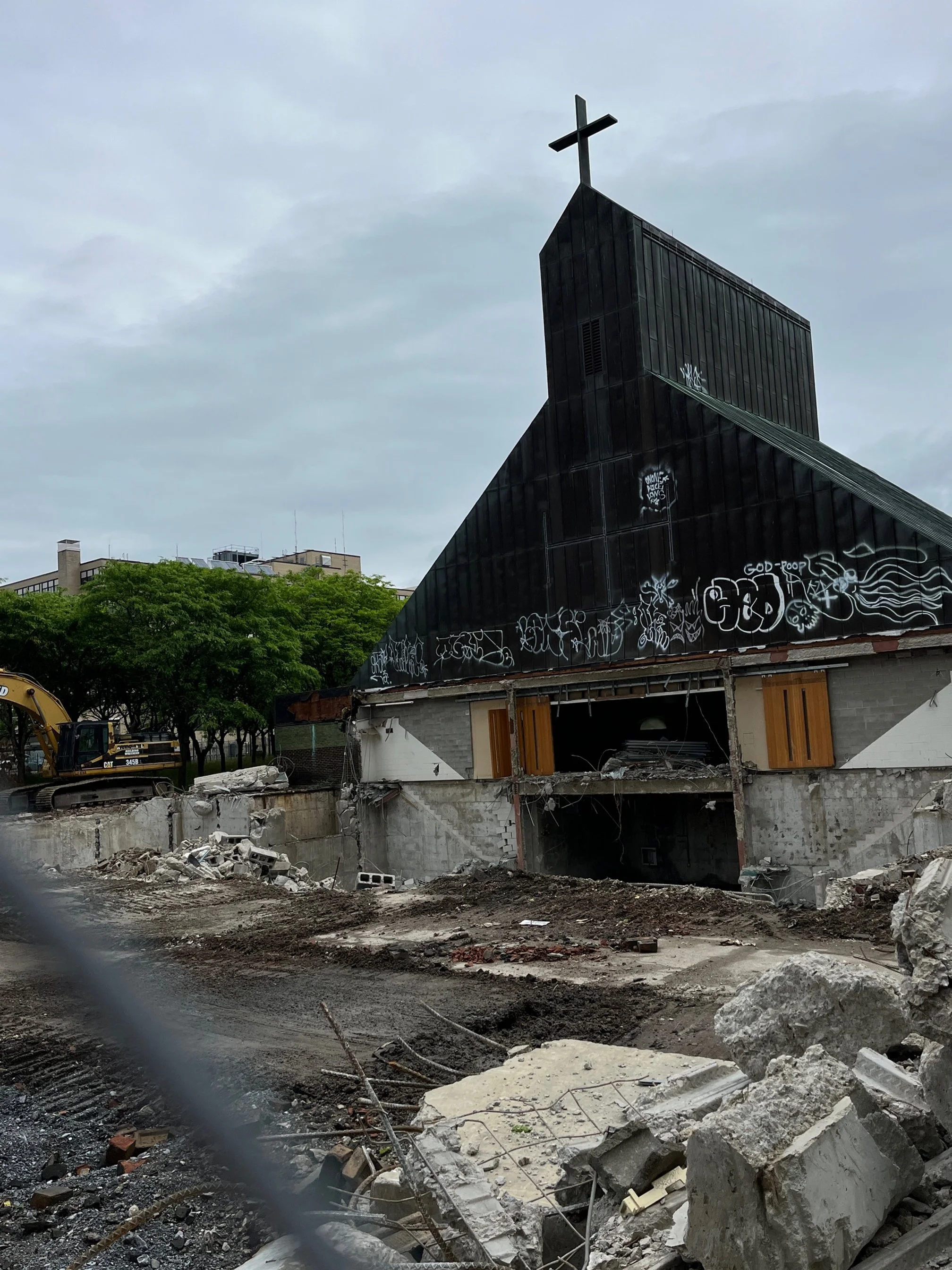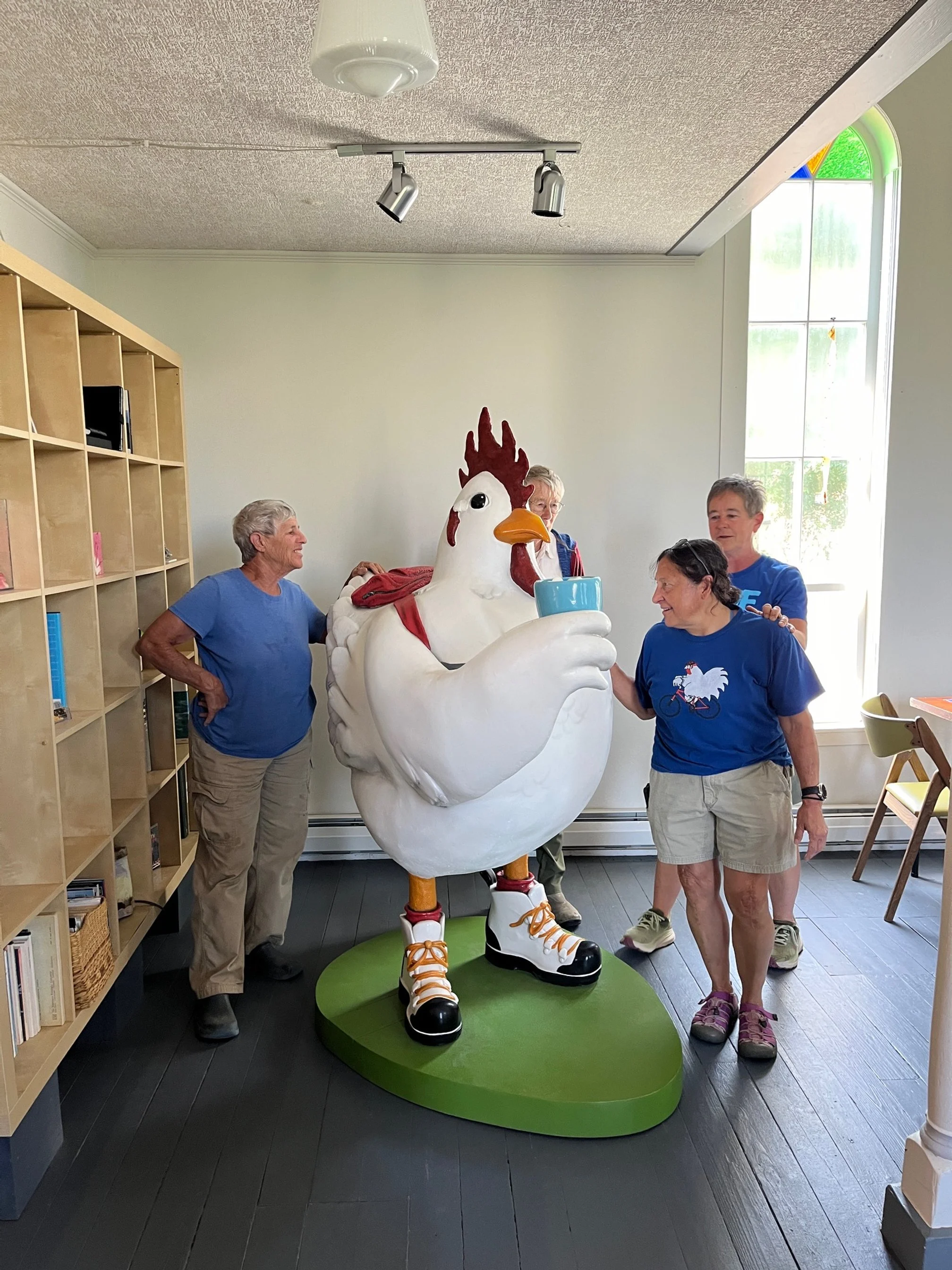So much life around us and so much to be grateful for even as we worry about the future. As my yoga teacher says: “Look up there nothing interesting on the floor” and so I translate that to apply to each moment. Yes, as always, there is much to struggle with from the health of this planet and the political place-making machinations to our individual health and welfare. Instead: look up for beauty, and awe, and the life around you.
September brought us the Celebration of the Earth Charter as a United Nations 25-year action dedicated to Earth as a living system. The event at Shelburne Farms was a re-commitment to Love of Earth highlighting The Ark of Hope and her Temenos Books. Each book artfully, handmade by artists and schoolchildren around the world. All of this was organized and created by the two dedicated artists Cameron Davis and Sally Linder. Paul Winter’s ethereal music, the murmurations of starling dancers, and help of friends and family made this a full coming together of community.
As we celebrate the renewal of commitment to the Earth Charter, we also find ourselves in the middle of a renewal to the changing landscape of downtown Burlington.
The streets are a movable feast of openings and closings, but the buildings are also in a new state of becoming. I always love this part of change, the liminal edge between demolition and construction—nothing is fixed yet, nothing is final, and so the possibility is still palpable.
Meanwhile who knew that you would ever see the underbelly of the Catholic Church exposed to daylight? Yet still we await a reclamation of the spirit that once thrived here as a vibrant ethnic neighborhood and a home for the many who live on the edge.
Returning to the lake, Lake Champlain, our grounding plane. We have never seen so much of her exposed, her shoreline, the sea level apparently at the lowest point in 50 years. We rely on her waters for all we know. Her health serves as a reminder of our own watery existence through storm, drought, rains, and flood. We rely on her waters for all we do. Farms, food systems, water systems, sewage systems, earth and riverine health, animal life, and more… this lake is our watershed and life line.
I remember going to Lake Baykal in Siberia, a cold, inland sea, a stretch of water perhaps comparable to Birdland… where we walked into the waters to be at peace. We walked into the waters to not worry about the human conditions; we walked into the waters to meld with the sky. Each time I remember That, That which we are.
Be well, be That which you are.
Photos: Earth Charter Celebration; “No diving” photo of the YMCA demolition’ Cathedral of the Immaculate Conception; and Birdland “Exposed edge”.




































